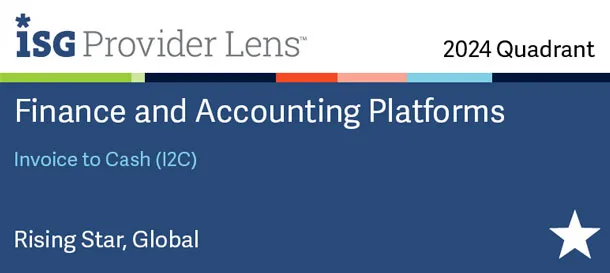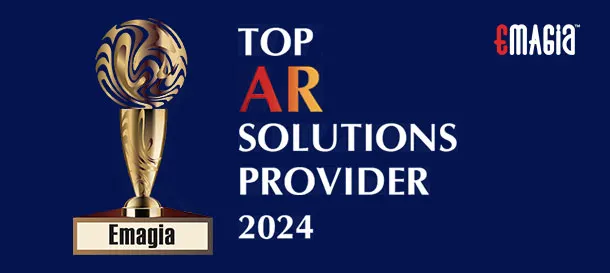Introduction to Credit Limits
A credit limit is the maximum amount a lender permits a borrower to use on a credit account, such as a credit card or line of credit. This ceiling is established based on various factors, including the borrower’s creditworthiness, income, and overall financial health. Understanding your credit limit is crucial, as it influences your spending capacity and impacts your credit score. Effectively managing your credit limit can lead to better financial stability and improved creditworthiness.
What is a Credit Limit?
A credit limit represents the total amount of credit that a financial institution extends to a borrower on a credit account. For instance, if a credit card has a $5,000 limit, the cardholder can make purchases up to that amount. The credit limit is determined by the lender after assessing the borrower’s financial profile, including credit history, income, and existing debts. It’s essential to note that the credit limit is not a spending target but a boundary to help manage borrowing and repayment effectively.
How Credit Limits are Determined
Lenders consider several factors when setting a credit limit:
- Credit Score: A higher credit score often results in a higher credit limit, as it indicates responsible credit behavior.
- Income: Lenders assess income levels to ensure borrowers have the means to repay the borrowed amount.
- Debt-to-Income Ratio: This ratio compares total monthly debt payments to monthly income, helping lenders evaluate borrowing risk.
- Credit History: A history of timely payments and low credit utilization suggests reliability, potentially leading to a higher limit.
- Existing Debt: Lenders review current debts to determine if additional credit is manageable for the borrower.
By analyzing these elements, lenders aim to set a credit limit that aligns with the borrower’s financial capacity and reduces the risk of default.
Types of Credit Limits
Credit limits can vary based on the type of credit account:
- Fixed Credit Limit: A predetermined limit that remains constant unless the lender adjusts it.
- Flexible Credit Limit: Also known as a dynamic limit, it can change based on the borrower’s spending patterns and repayment behavior.
- Secured Credit Limit: Associated with secured credit cards, where the limit is typically equal to the cash deposit made by the borrower.
Understanding the type of credit limit on your account helps in managing spending and anticipating potential changes.
Credit Limit vs. Available Credit
While the credit limit is the maximum amount you can borrow, available credit refers to the unused portion of that limit. For example, with a $5,000 credit limit and a $1,000 balance, the available credit is $4,000. Monitoring available credit is vital to avoid exceeding the limit, which can lead to fees and negatively impact credit scores.
Impact of Credit Limit on Credit Score
Credit limits significantly affect credit scores through the credit utilization ratio—the percentage of available credit in use. A lower utilization ratio positively influences credit scores. Experts recommend keeping this ratio below 30%, and ideally under 10%, to maintain a healthy credit profile. Regularly monitoring credit utilization and making timely payments are key strategies for leveraging credit limits to enhance credit scores.
How to Increase Your Credit Limit
To request a higher credit limit:
- Contact Your Lender: Reach out via phone or online portal to request an increase.
- Provide Updated Financial Information: Sharing recent income increases or reduced debts can support your request.
- Demonstrate Responsible Credit Use: A history of timely payments and low credit utilization strengthens your case.
Be aware that some requests may result in a hard credit inquiry, which can temporarily affect your credit score. Weigh the benefits of a higher limit against this potential impact.
Risks of Exceeding Your Credit Limit
Surpassing your credit limit can lead to:
- Over-Limit Fees: Some lenders charge fees for exceeding the limit.
- Interest Rate Increases: Exceeding the limit may trigger higher interest rates.
- Credit Score Damage: High credit utilization can lower credit scores.
To mitigate these risks, monitor your spending and maintain it within your credit limit.
Managing Your Credit Limit Effectively
Effective strategies include:
- Regularly Review Account Statements: Stay informed about balances and available credit.
- Set Up Alerts: Many lenders offer notifications for approaching the credit limit.
- Create a Budget: Plan spending to ensure it aligns with your financial goals and credit limits.
Proactive management helps maintain financial health and prevents overextending credit.
Frequently Asked Questions (FAQs) about Credit Limits
What happens if I exceed my credit limit?
Exceeding the limit can result in fees, higher interest rates, and a negative impact on your credit score.
Can I request a credit limit increase?
Yes, by contacting your lender and providing updated financial information.
Does a higher credit limit improve my credit score?
It can, by lowering your credit utilization ratio, but responsible spending is crucial.
How often do lenders review credit limits?
Lenders periodically assess accounts and may adjust limits based on creditworthiness.
Is it better to have a high or low credit limit?
A higher limit offers flexibility and can positively impact credit scores if managed responsibly.
Conclusion
Understanding and managing your credit limit is essential for financial well-being. By maintaining low credit utilization, making timely payments, and monitoring your accounts, you can use your credit limit to your advantage, enhancing your credit score and overall financial health.







